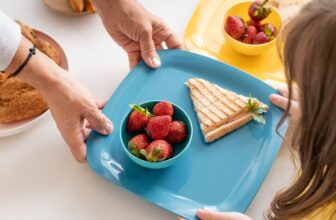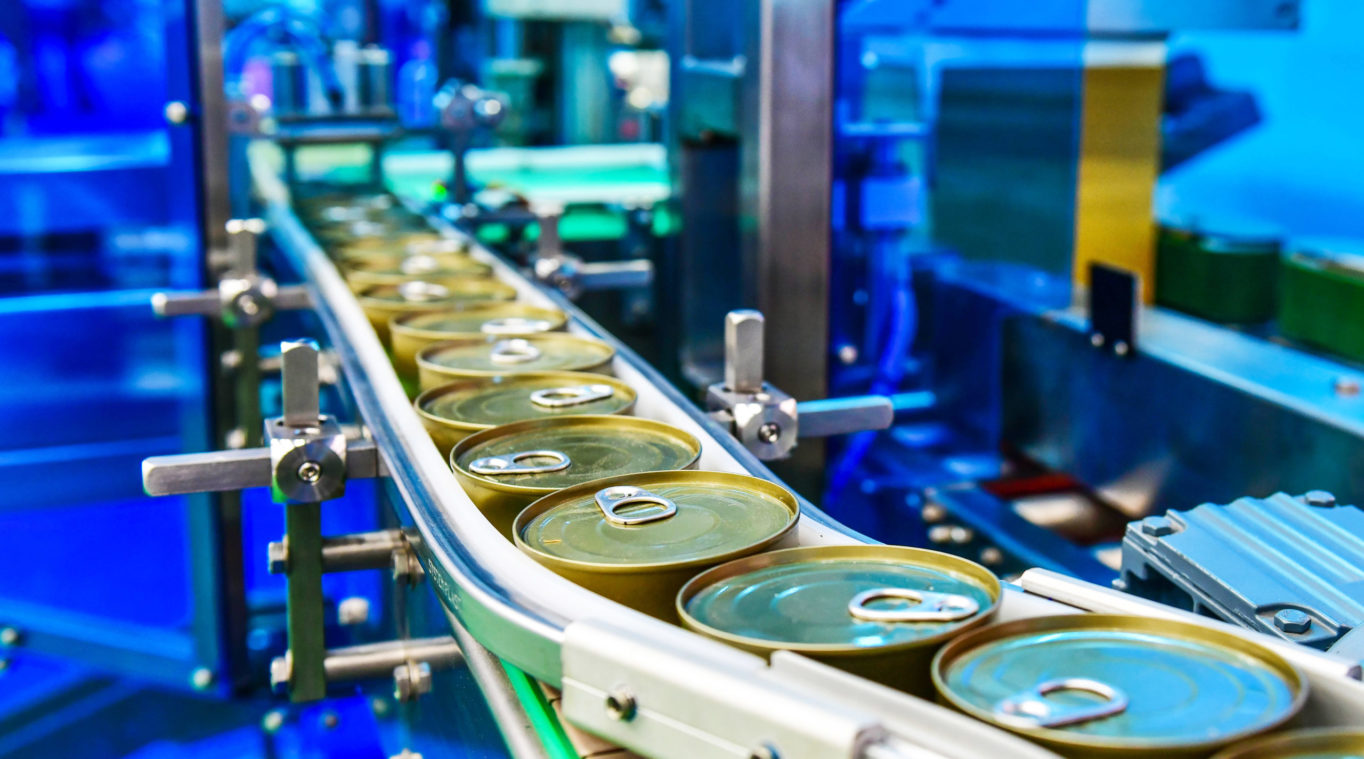
Efficiency has always been the key to any successful business. Without it, companies fail to get the work done quickly and end up having losses.
The food and beverage industry has always been a fast-paced environment driven by efficiency, safety, and consistency.
In recent years, food & beverage packaging automation has become a cornerstone of progress for manufacturers aiming to meet rising consumer demands while maintaining product integrity and sustainability. With advancements in robotics, data analytics, and machine learning, packaging automation is evolving rapidly – shaping the way products are prepared, packed, and delivered worldwide.
Table of Contents
1. Smarter Automation Through AI and Machine Learning
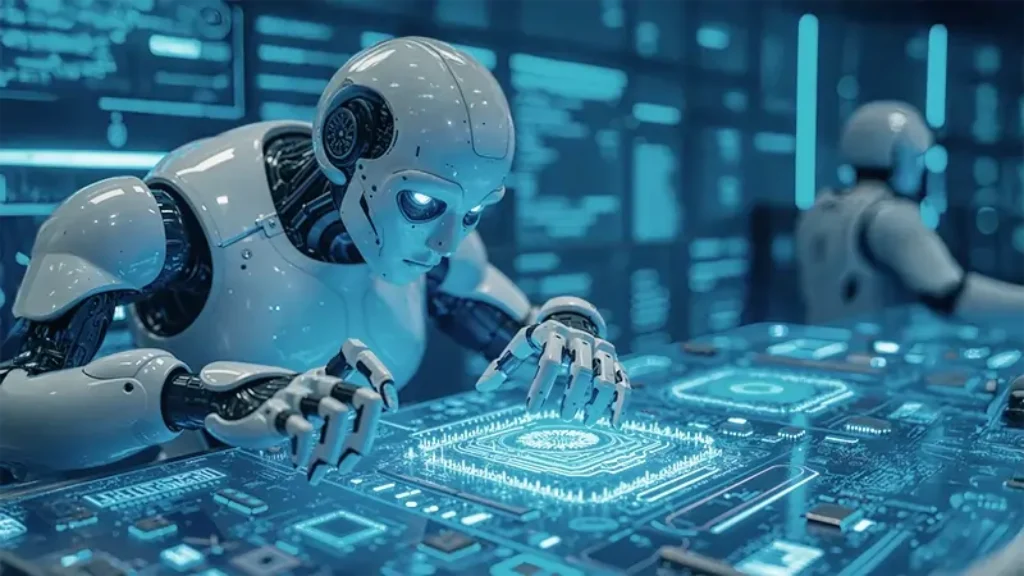
Source: intellectyx.com
Artificial intelligence is increasingly being integrated into modern packaging lines to improve speed and accuracy. AI-driven systems can detect product inconsistencies, predict equipment maintenance needs, and even optimize packaging material usage. For instance, machine learning algorithms can analyze production data to adjust line performance in real time – helping manufacturers reduce downtime and improve overall efficiency.
This kind of adaptive automation not only enhances productivity but also ensures consistent packaging quality, a crucial factor in the competitive food and beverage market.
2. Robotics and Collaborative Systems
Robotic automation has revolutionized packaging operations. From pick-and-place applications to palletizing finished goods, robotic arms are streamlining repetitive and labor-intensive tasks. What’s particularly exciting is the emergence of collaborative robots, or “cobots,” which work safely alongside human operators.
In the food and beverage sector, cobots are being used to handle delicate products, load trays, and seal containers with precision. Their flexibility allows producers to adapt quickly to changing product lines and packaging formats – an essential advantage in an industry characterized by shifting consumer preferences and seasonal demand.
3. Hygienic and Sustainable Packaging Designs
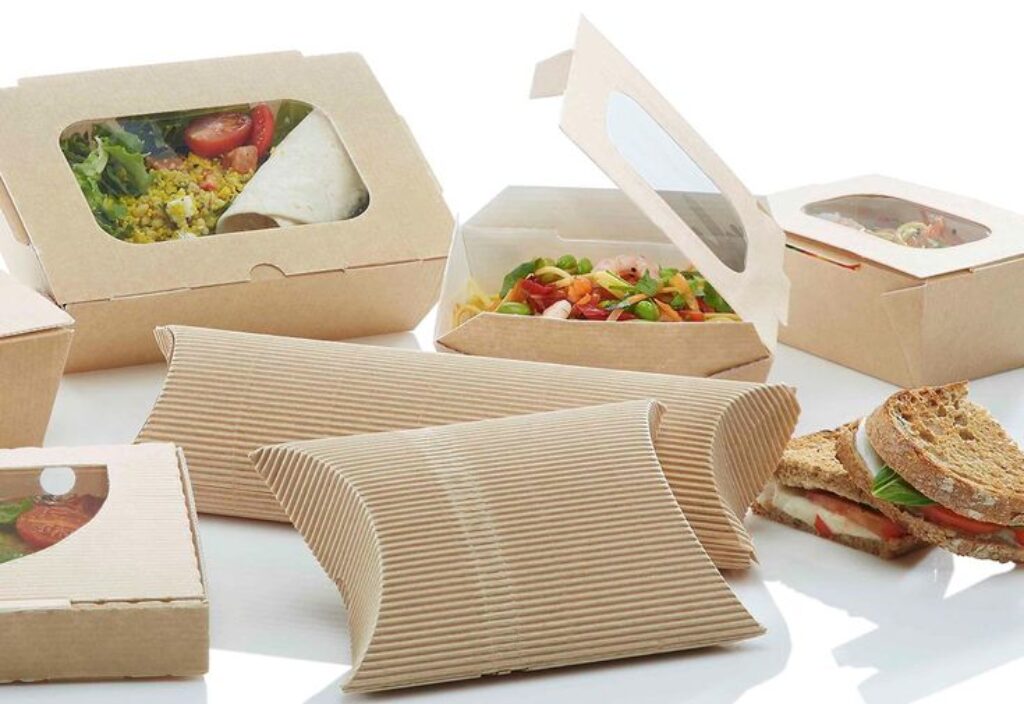
Source: es.pinterest.com
Sustainability is no longer an afterthought; it’s a driving force behind packaging innovation. Automated systems are now being designed with materials efficiency and recyclability in mind. These systems help minimize plastic waste, reduce film thickness, and enable the use of biodegradable or compostable materials.
At the same time, hygienic design remains a top priority for food safety. Modern machines incorporate stainless steel construction, clean-in-place technology, and contactless handling systems that reduce contamination risks. Combining hygiene with sustainability ensures that food and beverage packaging automation supports both environmental goals and strict regulatory standards.
4. Data-Driven Packaging Operations
The rise of Industry 4.0 has brought connectivity and data transparency to packaging lines. Smart sensors and industrial Internet of Things (IIoT) devices allow real-time monitoring of packaging performance. This data-driven approach helps operators identify bottlenecks, track energy consumption, and ensure compliance with safety regulations.
By leveraging analytics, manufacturers can forecast demand more accurately, streamline production scheduling, and reduce operational costs – all while maintaining product consistency.
5. The Road Ahead: Customization and Flexibility
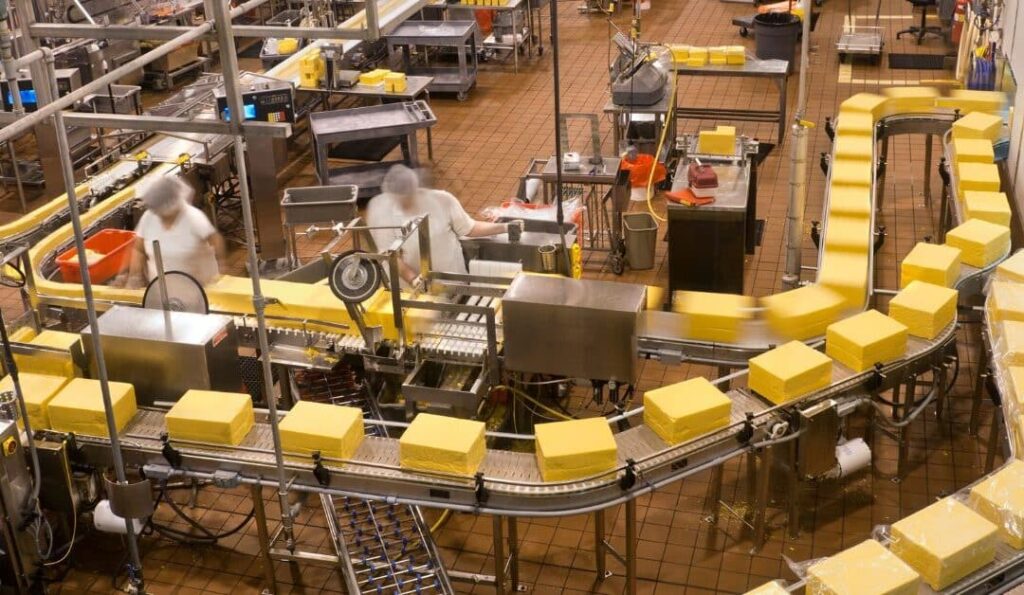
Source: afasystemsinc.com
Consumers today expect variety, from new flavors to unique packaging formats. Future food & beverage packaging automation systems will focus even more on flexibility – allowing rapid changeovers between product types, sizes, and materials. Quick adaptability will become essential for businesses trying to stay ahead in an increasingly dynamic marketplace.
Automation will also enable greater levels of customization, such as personalized labeling and limited-edition packaging runs. As digital printing and automated labeling technologies advance, packaging lines will be able to handle more creative and diverse designs without sacrificing speed or precision.
Conclusion
The future of food & beverage packaging automation is a blend of intelligence, sustainability, and flexibility. As technology continues to evolve, packaging systems will become even more efficient, data-driven, and environmentally conscious. Manufacturers that invest in modern automation will not only enhance their production capabilities but also position themselves to meet the ever-changing needs of consumers and retailers alike.
Innovation in packaging automation is no longer just about keeping up – it’s about leading the way toward a smarter, safer, and more sustainable food and beverage industry.





